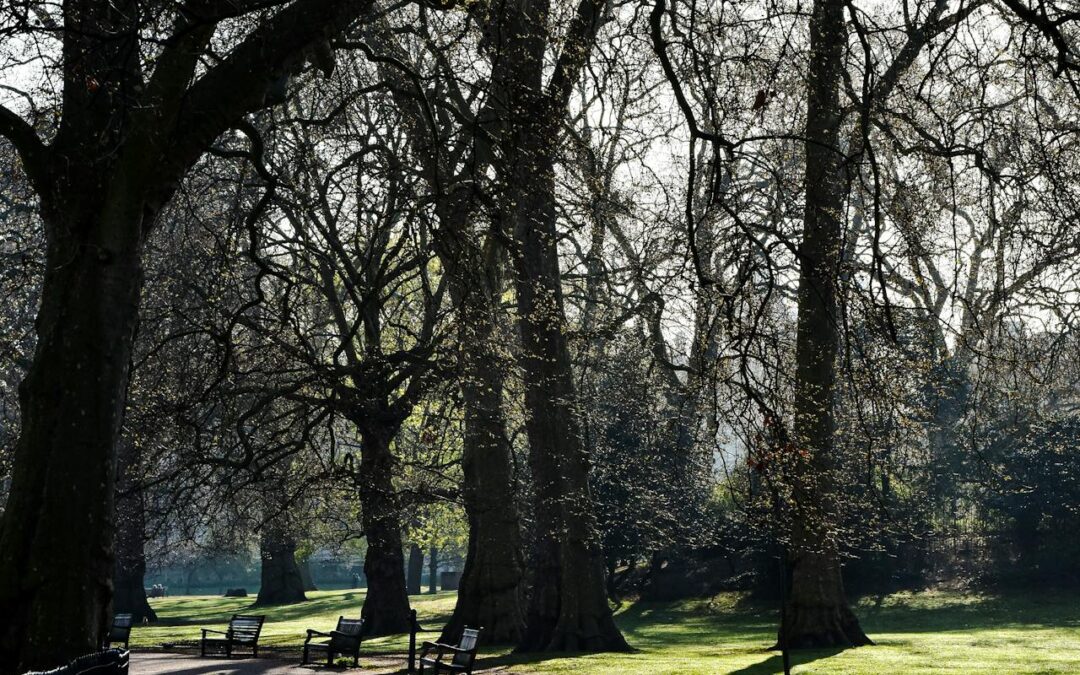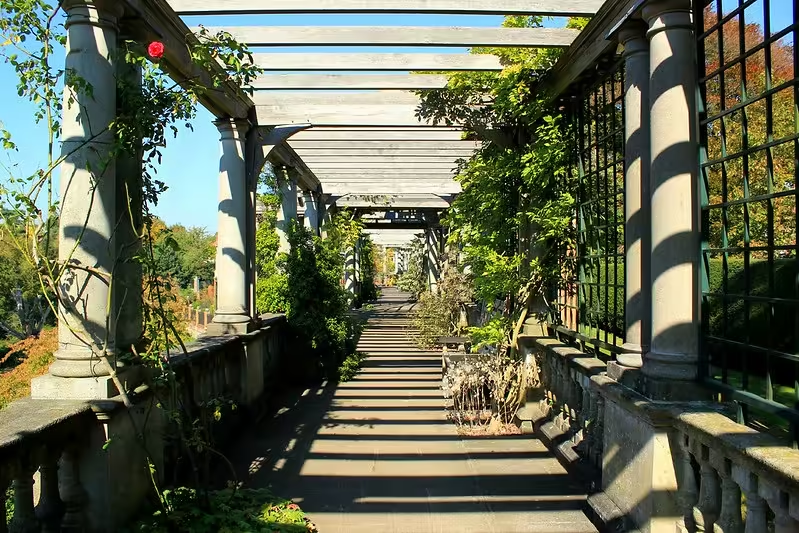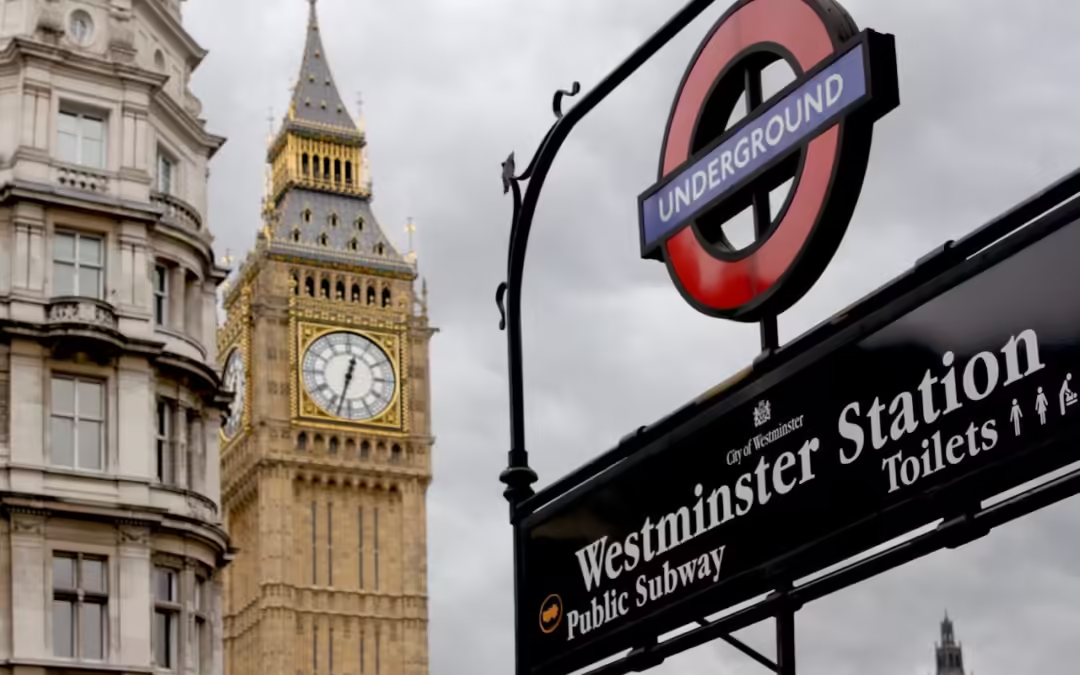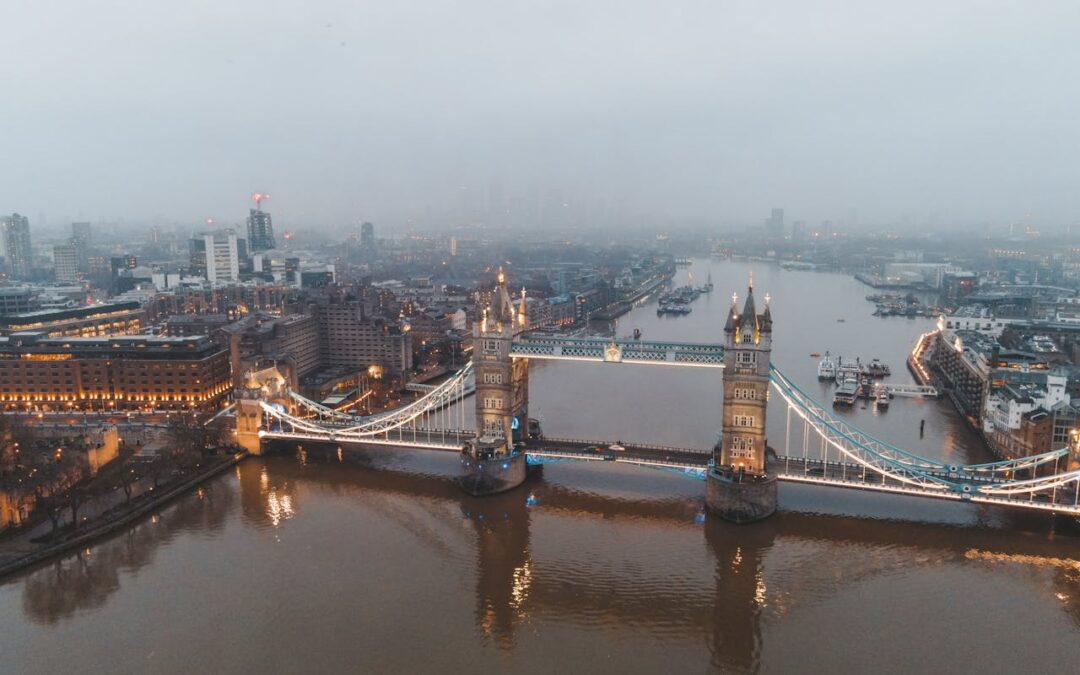
Discover the Magic of London: A Journey Through Time and Culture
There’s something about London that calls to you—something deeply captivating that makes it more than just a city. It’s a place where every corner tells a story, and each street hums with the echoes of the past. London is a blend of old and new, where history dances hand-in-hand with modernity, creating a place unlike any other.
As you walk through its streets, you’ll quickly realise: London isn’t just a destination. It’s an experience that will stay with you long after you’ve left. And once you step into its rhythm, you’ll see it’s impossible not to fall in love with this dynamic, multifaceted city.
A Tapestry of History and Modernity
Take a moment to breathe in the air by the River Thames, where the Tower of London stands proudly, gauarding its history. This ancient fortress has been a royal palace, a prison, and a treasury—today, it’s home to the dazzling Crown Jewels. As you gaze at the mighty tower, you can almost hear the whispers of the past. You’re standing on centuries of history, surrounded by the tales of kings, queens, and invaders that have shaped the city.
Not too far from the river, you’ll find St. Paul’s Cathedral, its majestic dome rising high above the city. It’s a peaceful haven amidst the buzz of the streets, a sanctuary that invites you to pause, reflect, and take in the beauty of its architecture. The cathedral stands not just as a symbol of London’s resilience but as a reminder of the enduring power of time and faith.
Cultural Corners and Artistic Expressions
London is a living canvas—its cultural and artistic scene as vast as it is vibrant. Step inside the British Museum, and you’re immediately transported across time and space. From the Rosetta Stone to Egyptian mummies, the museum is a treasure trove of ancient wonders, each exhibit whispering a story from a faraway land. It’s a place where the world’s history comes together in one stunning, immersive experience.
For those who seek beauty through the eyes of artists, The National Gallery is a sanctuary. Here, the masterpieces of Van Gogh, da Vinci, and countless others take you on a journey through time. Each painting speaks volumes—silent yet full of emotion, capturing moments of triumph, tragedy, and the human spirit. In a place like this, you can’t help but be moved by the sheer talent that has shaped our cultural landscape.
Parks, Markets, and Hidden Gems
London isn’t all about towering buildings and historic landmarks—its soul also lies in its green spaces and charming markets. When it’s time to slow down, Hyde Park offers a peaceful escape. The vast lawns, the tranquil lakes, and the paths lined with trees invite you to breathe deeply and let go of the world’s noise. It’s the perfect place for a quiet walk or a moment of stillness, allowing you to recharge before stepping back into the city’s vibrant pulse.
Then there’s Borough Market, where the city’s true flavours come to life. This bustling market offers a feast for the senses, with its mix of aromas, colours, and sounds. From rich cheeses to international street food, each corner holds a new culinary adventure. The market is a celebration of all things good, from fresh produce to artisanal treats, bringing together locals and visitors in a shared love for good food and great conversation.
But beyond the well-known attractions, there’s another side to London that waits to be discovered. Take a detour into Neal’s Yard in Covent Garden—a hidden oasis of colour and charm. This quiet courtyard, tucked away from the main streets, is a secret escape filled with quirky shops and cosy cafés. It’s a place to unwind, a spot to savour a quiet moment away from the hustle, and a reminder that sometimes the best experiences come when you least expect them.
Experiences Beyond the Ordinary
London has a way of sweeping you up in its magic. For something truly special, the West End offers theatre experiences that rival Broadway. Whether you’re enjoying a show like The Lion King—which has captured hearts for over 25 years—or experiencing the latest hit musical, the West End is a celebration of London’s artistic heart. It’s not just about the performances; it’s about the way they make you feel—transformed, alive, and moved in a way you can’t quite explain.
As day fades into night, London’s skyline becomes a vision of light and wonder. The London Eye stands tall, offering panoramic views of the city as it stretches below you. From up here, you can see Buckingham Palace, Big Ben, and the mighty River Thames winding through the heart of the city. It’s a view that takes your breath away—reminding you of the layers of history, culture, and life that make up this incredible city.
London’s Culinary Delights
Food is another story in London, one that’s as rich and diverse as the city itself. Whether you’re sitting down at a Michelin-starred restaurant or grabbing a bite from a local food truck, London offers a culinary journey like no other. In Soho, you’ll find some of the finest British comfort food, served in traditional pubs that have been welcoming guests for generations. Meanwhile, in Brick Lane, the aroma of spicy curries fills the air, with dishes that have earned the area a reputation as the heart of London’s vibrant food scene.
And if you’re craving something more spontaneous, London’s street food markets offer a world of flavour. From spicy Thai noodles to fresh oysters and sizzling burgers, you’ll find a little bit of everything on the streets. And, of course, no trip to London would be complete without a serving of fish and chips—crispy, golden, and served hot from a quaint corner shop. It’s the taste of London, simple yet perfect.
The London Eye: A Bird’s Eye View
There’s something magical about seeing London from above. The London Eye offers one of the best views in the city, rising 135 metres above the Thames to give you a bird’s eye view of its landmarks. From up here, the city looks both grand and intimate, its historical buildings standing proudly against the modern skyline. It’s a quiet moment in a city that never seems to stop moving, allowing you to take in the full beauty of London’s endless layers.
Planning Your London Adventure
If you’re planning your visit, the best times to experience London are during the spring (April-May) and autumn (September-October). The weather is mild, the crowds are thinner, and the city reveals itself in a way that feels more personal, more intimate. This is the perfect time to wander, to discover the hidden corners, and to truly connect with the heart of the city.
Whether you’re a history lover, an art aficionado, a foodie, or an adventurer, London has something that will speak to you. The city invites you in, offering experiences that will stay with you, long after your trip has ended. It’s a place that welcomes you with open arms, ready to share its stories, its flavours, and its heart.
A City That Feels Like Home
What truly sets London apart is how it makes you feel. It’s not just a place to visit—it’s a place that makes you feel like you belong. There’s a warmth to this city, a hum of energy that draws you in. Whether you’re watching the Changing of the Guard at Buckingham Palace, catching an intimate theatre performance in the West End, or simply enjoying a quiet afternoon in one of its many parks, London feels like it’s welcoming you into its embrace.
So, as you begin your adventure, don’t just focus on the famous landmarks. While they’re spectacular, it’s the small, unexpected moments that will stay with you forever. Wander down hidden alleyways, explore secret cafés, and stumble across charming bookshops or antique markets. Embrace the spontaneity of the city, let it surprise you, and be open to whatever it offers.
Make the Most of Your Trip to London
Sometimes, the best experiences come when you let the city unfold naturally—when you wander off the beaten path, allowing London to reveal its secrets at its own pace. Whether you’re exploring the well-trodden tourist spots or finding your own hidden gems, London offers a journey that’s as unique as you are. So, pack your bags, grab your camera, and get ready to embark on a journey through one of the most captivating cities in the world. London is waiting. And trust me, you won’t regret a single moment of it.




